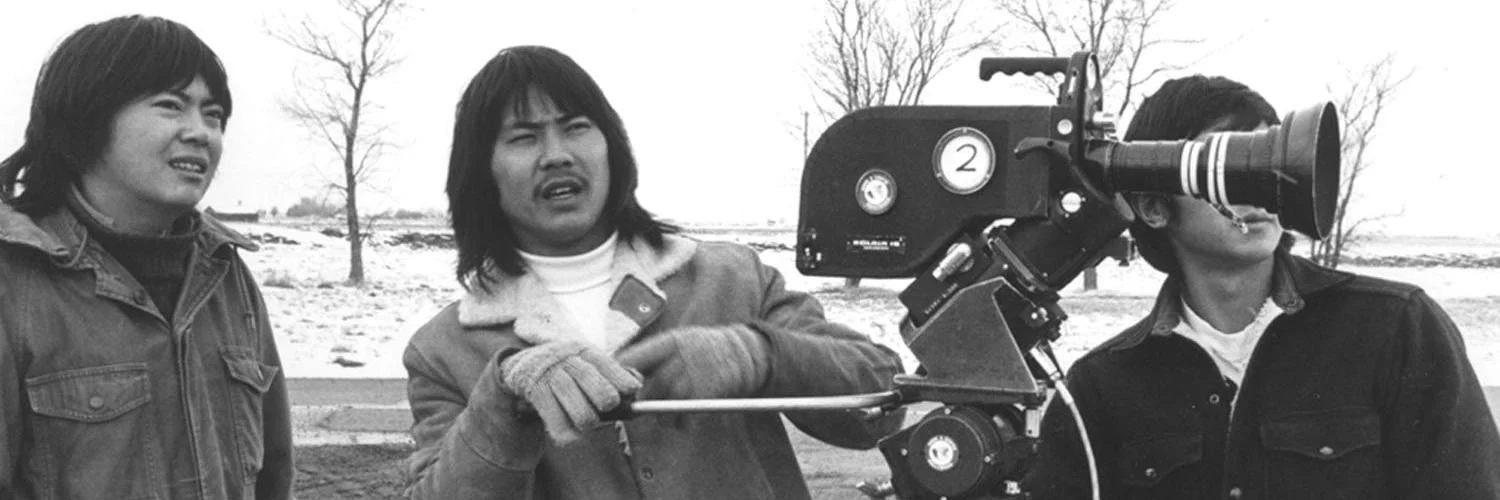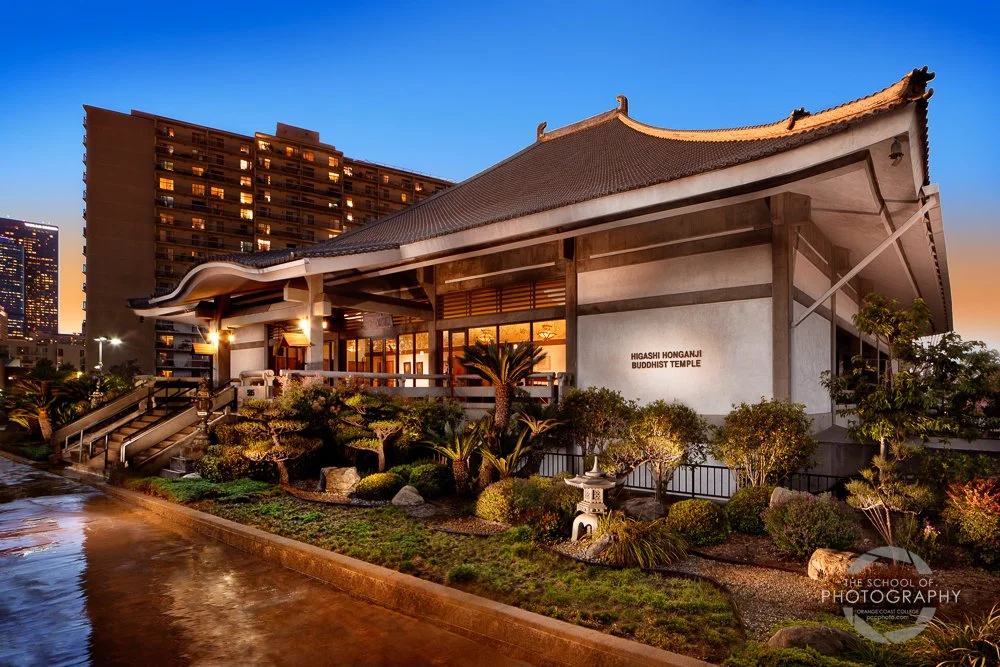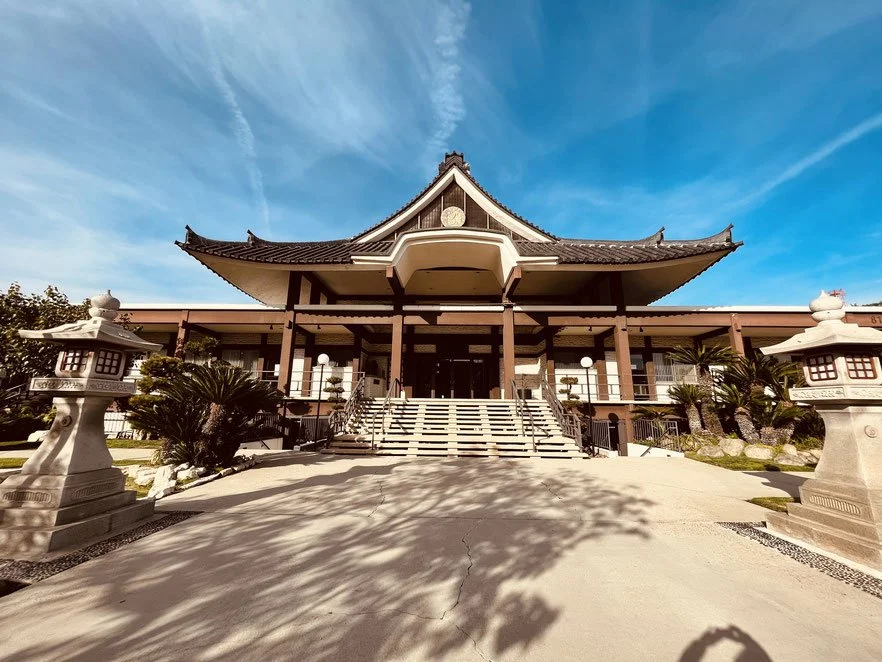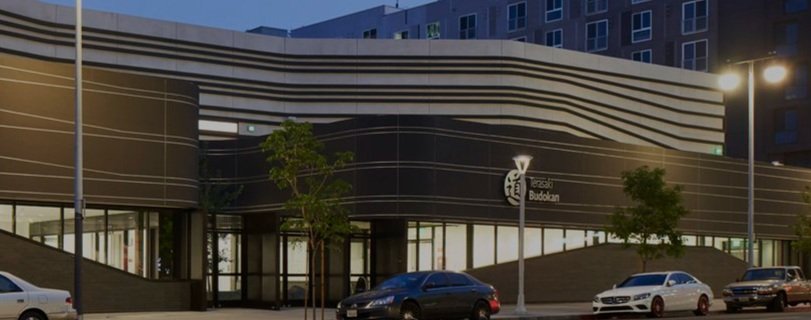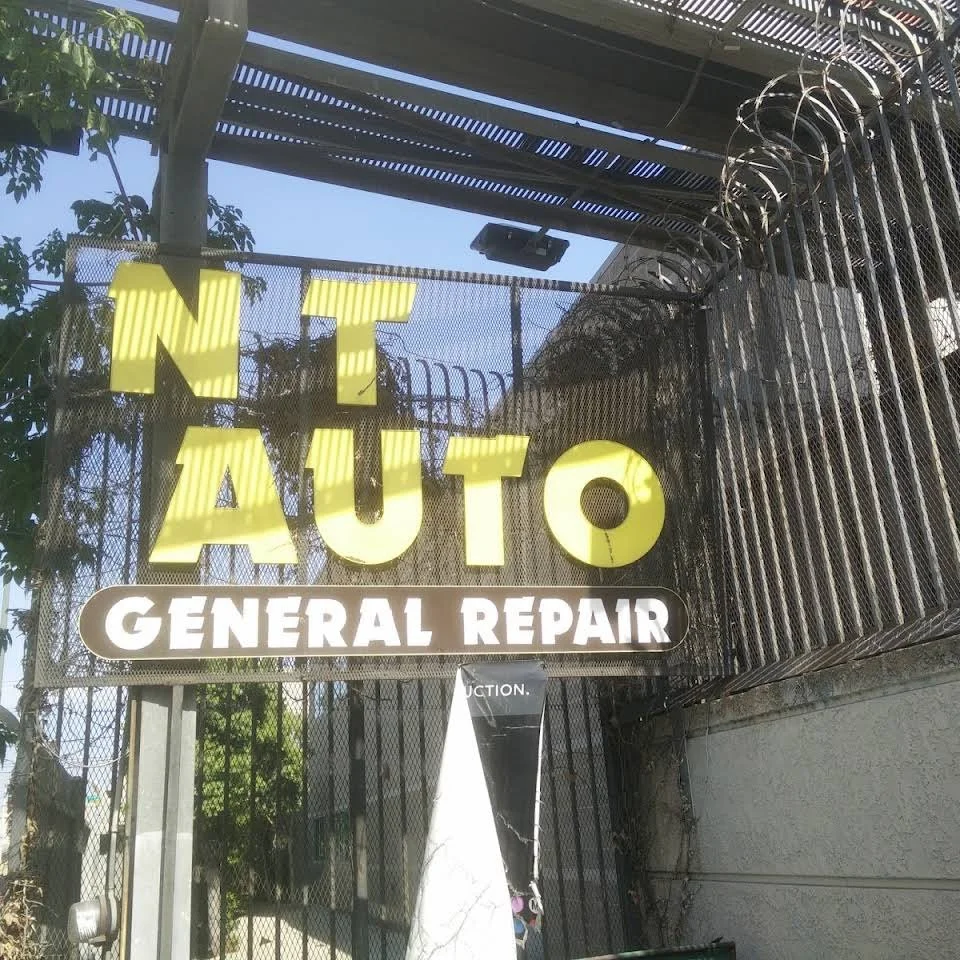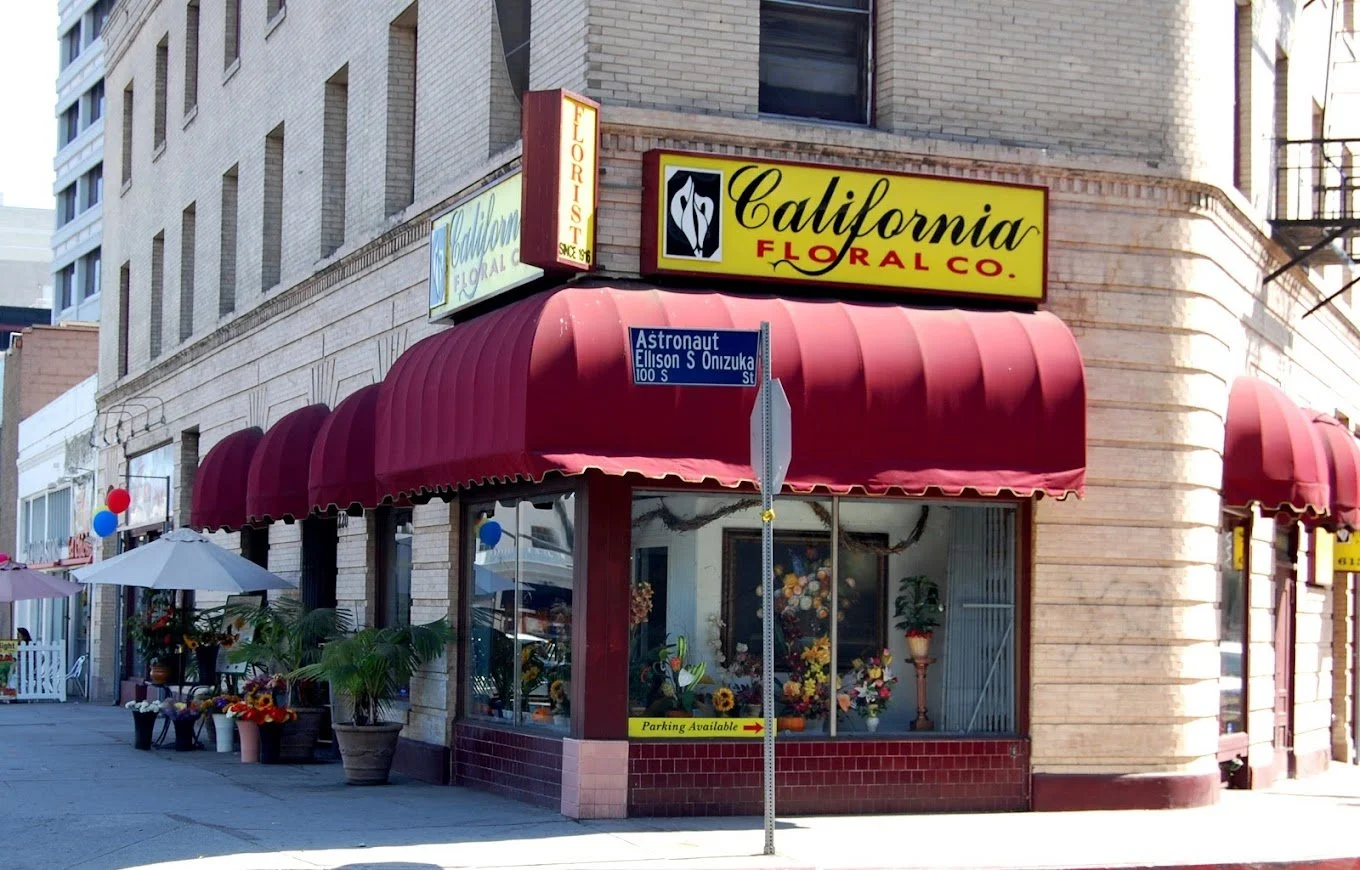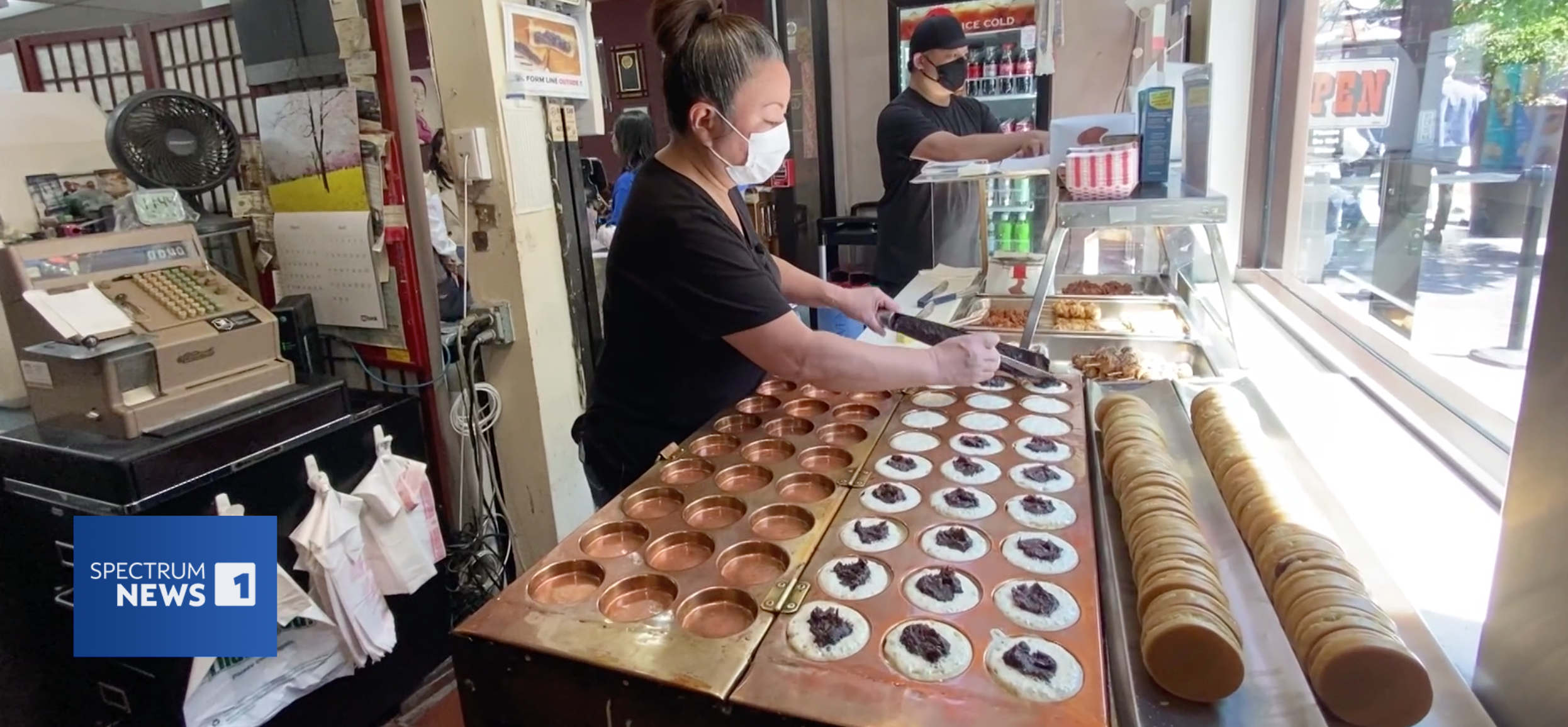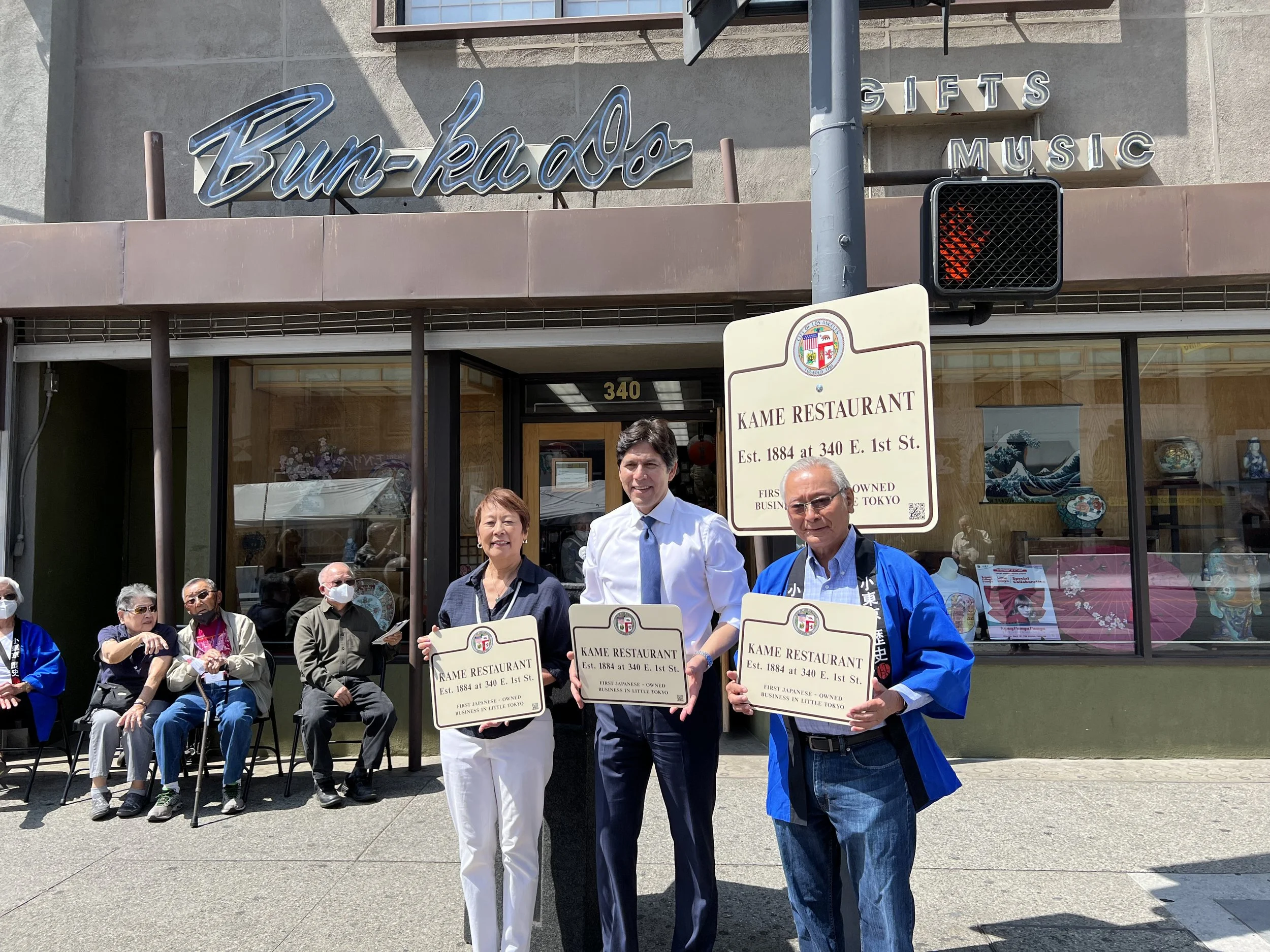
Little Tokyo Celebrates 140 Years!
We celebrate the legacies, businesses, institutions, and people who have helped Little Tokyo Los Angeles reach this incredible milestone. We honor the community perseverance that continues to help Little Tokyo thrive today and for another 140 years and more!


Little Tokyo designated one of America’s 11 Most Endangered Historic Places by the National Historic Trust of Preservation
Read the LA Times article here.
140 Years of Little Tokyo Los Angeles
-
![Fugetsu-do]()
Fugetsu-do Archive
-
![Koyasan Los Angeles Mission 100th Anniversary Pictorial]()
Koyasan Los Angeles Mission 100th Anniversary Pictorial
-
![Zenshuji Soto Zen Temple 100th Anniversary Film]()
Zenshuji Soto Zen Temple 100th Anniversary Film
-
![Nisei Week Archive]()
Nisei Week Archive
-
![East West Players Archive]()
East West Players Archive
-
![Visual Communications Archive]()
Visual Communications Archive
-
![Little Tokyo Historical Society Digital Archive]()
Little Tokyo Historical Society Digital Archive

Celebrating Little Tokyo’s Legacies
-
![]()
Centenary United Methodist Church
Since 1896
Celebrating 125+ Years -
Fugetsu-Do
Since 1903
Celebrating 120+ Years -
Rafu Shimpo
Since 1903
Celebrating 120+ Years -
![]()
Higashi Honganji Buddhist Temple
Since 1904
Celebrating 120 Years -
![Los Angeles Hompa Hongwanji Buddhist Temple]()
Los Angeles Hompa Hongwanji Buddhist Temple
Since 1905
Celebrating 115+ Years -
![]()
Koyasan Beikoku Betsuin
Since 1912
Celebrating 110+ Years -
![]()
St. Francis Xavier Chapel "Maryknoll" Japanese Catholic Center
Since 1912
Celebrating 110+ Years -
![]()
Union Church of Los Angeles
Since 1918
Celebrating 105+ Years -
![]()
LA EyeCare Optometry
Since 1921
Celebrating 100+ Years -
![zenshuji]()
Zenshuji Soto Mission
Since 1922
Celebrating 100+ Years -
![Queen Em Kato enjoying the Nisei Week Parade in 1952, as she passes by Toyo Miyatake Studio.]()
Nisei Week
Since 1934
Celebrating 90 Years -
![]()
Far Bar/Far East Café
Since 1935
Celebrating 85+ Years -
![]()
Anzen Hardware
Since 1946
Celebrating 75+ Years -
![]()
Bunkado
Since 1947
Celebrating 75+ Years -
![]()
Japanese Chamber of Commerce Southern California
Since 1949
Celebrating 75 Years -
![Rafu Bussan]()
Rafu Bussan
Since 1958
Celebrating 65+ Years -
![]()
Little Tokyo Business Association
Since 1959
Celebrating 65 Years -
![]()
Keiro
Since 1961
Celebrating 60+ Years -
![East West Players]()
East West Players
Since 1965
Celebrating 55+ Years -
![Mitsuru Cafe]()
Mitsuru Cafe
Since 1968
Celebrating 55+ Years -
![Japanese Community Pioneer Center]()
Japanese Community Pioneer Center
Since 1969
Celebrating 55 Years -
![Visual Communications]()
Visual Communications Media
Since 1970
Celebrating 50+ Years -
![]()
Oomasa
Since 1972
Celebrating 50+ Years -
![Little Tokyo Towers]()
Little Tokyo Towers
Since 1975
Celebrating 45+ Years -
Sanwa Enterprises
Since 1975
Celebrating 45+ Years -
![]()
Kouraku
Since 1976
Celebrating 45+ Years -
![]()
Mitsuru Sushi and Grill
Since 1976
Celebrating 45+ Years -
![Koreisha]()
Koreisha Senior Care and Advocacy
Since 1976
Celebrating 45+ Years -
![Little Tokyo Public Library]()
Little Tokyo Public Library
Since 1977
Celebrating 45+ Years -
![]()
Kinokuniya
Since 1977
Celebrating 45+ Years -
![Little Tokyo Service Center]()
Little Tokyo Service Center
Since 1979
Celebrating 45 Years -
![LA ArtCore]()
LA ArtCore
Since 1979
Celebrating 45 Years -
![MOCA]()
MOCA
Since 1979
Celebrating 45 Years -
![Japanese American Cultural & Community Center]()
Japanese American Cultural & Community Center
Since 1980
Celebrating 50+ Years -
![]()
Hair Craft
Since 1980
Celebrating 40+ Years -
![]()
Sushi Gen
Since 1980
Celebrating 40+ Years -
![]()
J. Morey Insurance
Since 1980
Celebrating 40+ Years -
![]()
Utsuwa-no-Yakata
Since 1981
Celebrating 40+ Years -
Little Tokyo Public Safety Association Koban
Since 1982
Celebrating 40+ Years -
![Leadership Education For Asian Pacifics]()
Leadership Education For Asian Pacifics
Since 1982
Celebrating 40+ Years -
![]()
Little Tokyo Florist
Since 1983
Celebrating 40+ Years -
![]()
NT Auto
Since 1983
Celebrating 40+ Years -
Little Tokyo Kimono & Bridal
Since 1983
Celebrating 40+ Years -
![]()
Sushi & Teri
Since 1983
Celebrating 40+ Years -
![]()
Du Japon Hair Club
Since 1984
Celebrating 40 Years -
![]()
-
![]()
Kurata Eye Care
Since 1986
Celebrating 35+ Years -
![]()
Hanaichimonme
Since 1986
Celebrating 35+ Years -
![]()
Vantage Sports
Since 1987
Celebrating 35+ Years -
![]()
Sushi Gala/Las Galas
Since 1988
Celebrating 35+ Years -
![Go For Broke - National Education Center]()
Go For Broke - National Education Center
Since 1989
Celebrating 35 Years -
![]()
BEST Chiropractic Clinic
Since 1991
Celebrating 30+ Years -
![]()
-
![Japanese American National Museum]()
Japanese American National Museum
Since 1992
Celebrating 30+ Years -
![Mr. Ramen]()
Mr. Ramen
Since 1993
Celebrating 30+ Years -
![CAUSE]()
CAUSE
Since 1993
Celebrating 30+ Years -
![]()
California Floral Company
Since 1995
Celebrating 25+ Years -
![]()
-
![]()
Blooming Art Gallery
Since 1995
Celebrating 25+ Years -
![]()
Korea BBQ House
Since 1997
Celebrating 25+ Years -
![]()
T.O.T.
Since 1997
Celebrating 25+ Years -
![Tuesday Night Project]()
Tuesday Night Project
Since 1998
Celebrating 25+ Years -
![]()
Korean Kitchen Hibachi
Since 1999
Celebrating 25 Years -
Aihara & Associates Insurance
Since 2000
Celebrating 20+ Years -
![]()
Ginza
Since 2001
Celebrating 20+ Years -
![]()
Anime Jungle
Since 2002
Celebrating 20+ Years -
![]()
Daikokuya
Since 2002
Celebrating 20+ Years -
![]()
Orochon Ramen
Since 2002
Celebrating 20+ Years -
![Little Tokyo Historical Society]()
Little Tokyo Historical Society
Since 2006
Celebrating 15+ Years -
![]()
Little Tokyo Pharmacy
Since 2006
Celebrating 15+ Years -
![Los Angeles Tanabata Festival]()
Los Angeles Tanabata Festival
Since 2009
Celebrating 15 Years -
![Kizuna]()
Kizuna
Since 2011
Celebrating 10+ Years -
![Sustainable Little Tokyo]()
Sustainable Little Tokyo
Since 2013
Celebrating 10+ Years -
![API Rise]()
API Rise
Since 2013
Celebrating 10+ Years -
![Nikkei Progressives]()
Nikkei Progressives
Since 2016
Celebrating 5+ Years
Little Tokyo’s 140th in the Community
-
![]()
Los Angeles’ Historic Little Tokyo Neighborhood Celebrates 140 Years of Legacy
Honoring Resilience and Unity, Little Tokyo Community Council Marks 25 Years of Commitment to Preserving the Historic Neighborhood
Source: Rafu Shimpo
-
![]()
Little Tokyo celebrates 140 years with food event
Delicious Little Tokyo features roving food tours, demos and samples to mark the 140th anniversary.
-
![FSN Groundbreaking]()
Go For Broke Plaza and First Street North Residences break ground at 232 Judge John Aiso St.
On February 13, Little Tokyo Service Center broke ground on the Go for Broke Plaza and First Street North Residences, a mixed-use project which will replace a city-owned parking lot next to the Japanese American National Museum, at 232 Judge John Aiso Street.
-
![]()
Japanese Women’s Society Welcomes New Year
Organization to celebrate its centennial in 2024.
-
![]()
L.A. Honors Former Restaurant as First Japanese-Owned Business in Little Tokyo
The Los Angeles City Council voted to recognize Kame Restaurant, which opened in 1884, as the first Japanese-owned business in Little Tokyo.
-
![]()
Honoring contributions from visionary Japanese Americans throughout Little Tokyo
Naming Projects are plaques, monuments, and other signifying indicators that the Little Tokyo Historical Society has worked to place throughout the city. They are reminders of moments and people in our history who have had the greatest impact.
Visit these plaques and monuments to learn more about Little Tokyo.
-
![]()
Rafu Shimpo 100th Anniversary Book
The oldest and largest Japanese community daily newspaper outside of Japan commemorated its 100th anniversary in 2003. Follow the Nikkei community through changes and development from the perspective of The Rafu Shimpo. This soft-cover book is from the original print run.
-
![]()
Little Tokyo's Revival
Looking back at Little Tokyo’s 130th Anniversary in 2014.
Written by Chris Komai
-
![Photographer Chikahisa Tanaka]()
Historic Celebration at Old Japanese Union Church
101st Anniversary and Historical Signs Event in Little Tokyo
Source: Rafu Shimpo
LTCC x Popkiller
Little Tokyo 140th Anniversary
Limited Edition Tote Bag
Celebrate Little Tokyo’s 140th anniversary with this limited edition tote bag. Proceeds benefit the Little Tokyo Community Council. Available in store (349 E 2nd Street) and online!
Inspired by Little Tokyo
Discover films by incredible storytellers inspired by the heart and history of Little Tokyo
First Street North / Little Tokyo Art Documentary Film
Sponsor : Little Tokyo Service Center
Artist : Kuniharu Yoshida
Changing Little Tokyo
By: Katie Egan
Little Tokyo
Produced by Beatrice Xinran Gao
Additional Editing by Michael Chow and Edward Huang
Unheard LA, Love Letter to Little Tokyo
By: Koji Steven Sakai
1970s: The Fight for Little Tokyo (2019)
LEARN MORE: vcmedia.org
PIP_From Incarceration To Resiliency A Behind The Scenes Look At Vibrant Little Tokyo
By: UnderOneGroove Entertainment
Letters from Our Community

-
Our ancestors came from Japan - the land of the rising sun. By blood, we are Japanese, and our cultural ties are the heritage and traditions from Japan. Our parents, grandparents and great grandparents were raised in Japan and came here as immigrants seeking to start a new life in the land of opportunity.
Little Tokyo first started as the economic center for Japanese immigrants in 1884, when a former Japanese sailor opened a restaurant on East First Street. At the beginning of the 20th century, Japanese immigration to the Los Angeles area increased significantly. Many were young bachelors seeking to earn enough money to return to Japan with sufficient wealth, but with minimal English proficiency had to work for low-income jobs on the railroads and farms. Being conscientious hard workers, many became successful entrepreneurs in the farming, plant and flower nursery and fishing industries. Others opened businesses catering to the growing Japanese population, particularly for restaurants, boarding houses and jobs assistance. The area around East First Street began to be called “Little Tokyo”. Notably in 1903, the Rafu Shimpo newspaper started publication and the still in operation Fugetsudo manju shop opened.
Public sentiment against the influx and economic success of Japanese immigrants resulted in the Gentlemen’s Agreement of 1907. It required the Japanese government not to allow any more laborers to immigrate to the United States. Exceptions were given for professionals, technicians and women. However, many Japanese men would continue to immigrate, primarily and hazardously by way of Mexico. Also, many women immigrated to the United States to become “picture brides”. The marriages brought commitment, children and stability to the Japanese immigrant community.
Japanese farmers were highly successful in growing truck crops and their distribution. They were producing and wholesaling the majority of fresh vegetables consumed in Los Angeles. Their success fueled major anti-Japanese sentiment that resulted in the California Alien Land Law of 1913. It decreed that Aliens ineligible for citizenship were prohibited from owning land or leasing land for more than three years. But Japanese immigrants were resilient and determined and found ways around the law by tenant farming, forming corporations with White citizens, and purchasing land through their children. Anti-Japanese sentiment also made them work and join together in forming community organizations to advance, protect and enhance their businesses and families. Japanese churches, banks, schools, medical clinics and various social and cultural organizations benefiting the community were formed. Many were located in Little Tokyo, which became the Japanese business, cultural, religious and social center for the Los Angeles and Southern California community.
The first generation Isseis were in charge of all matters, but as the growing second generation Nisei population matured, they were given a greater role. Little Tokyo businesses’ interdependence and the intergenerational desires to involve the Nisei generation, led to the start of the Nisei Week Japanese Festival in 1934. Nisei Week brought together many of the Japanese businesses, organizations, temples, churches, cultural arts people and other interested Japanese Americans from throughout the region. They organized and together presented a pageant and festival of Japanese products, displays, culture, activities and events for a whole week. The goal was to attract Japanese Americans from all over Southern California, as well as to introduce Little Tokyo and Japanese arts and culture to the general American population to promote understanding and appreciation.
Nisei Week was a great success appreciated and enjoyed by thousands of people. It became an annual affair that expanded to include Ondo dancing, a grand parade, carnival, martial arts and competitive athletic events. All generations participated, from the young to the old. There were baby and beauty contests and recognition of Issei pioneers.
This August, the Nisei Week festival is upon us. Google their website and check the schedule of activities. You are encouraged to participate and enjoy its many cultural festivities.
The must highly attended activity is the Nisei Week Grand Parade to be held at 4:00 P.M. Sunday, August 11th. The streets of Little Tokyo will be filled with Japanese Ondo dancers, musicians, floats, vehicles, dignitaries, and many varied participants. The Tanabata Festival held on the same weekend, attracts visitors with its many Japanese cultural booths and the large display of colorful, hanging paper decorations called Kazari, prepared by many organizations, including from Japan.
In addition to Nisei Week Festival activities, Little Tokyo is active during the early summer, with its numerous Buddhist temples hosting Obon Festivals. Obon festivals are dedicated to remembering and honoring ancestors. They include carnival games, home-cooked foods, and traditional Japanese Obon dancing.
With thousands of apartments constructed nearby and transit access improved with the opening of the Little Tokyo/Arts District Regional Connector Subway Station, Little Tokyo is bustling on the weekends. Crowds come to shop and dine. In addition, super star Shohei Otani joining the Los Angeles Dodgers and having a gigantic 12 stories tall, interactive mural on the side of the Miyako Hotel is attracting visitors, including tourists from Japan.
Come visit iconic Little Tokyo – the center of the Japanese American community in Los Angeles and Southern California.







